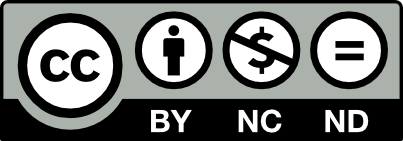Original Article
Pashupati Chaudhary, Navin kumar Karn, Bikram Prasad Shrestha, Guru Prasad Khanal, Shivraj Paneru, Rosan Prasad Sah Kalawar
Original Article
2023-05-27 14:07:15
Introduction: With the dramatic success of intramedullary fixation for fractures of the femur and tibia, there was speculation that Intramedullary Interlocking Nails might be more appropriate for humeral shaft fractures in comparison to Dynamic Compression Plates. There are very few studies comparing these two methods of fixation in shaft of humerus fractures and virtually no study in this part of world. The aim of the study was to compare these fi xation methods in terms of duration of operating time, amount of blood loss, rate of infection, pain at the fracture site, time to achieve union, functional outcome(DASH score) and complications of surgery.
Methods: This was randamised control trial in which all patients with fractures of shaft of humerus that met the criteria for operative interventions ( intramedullary interlocking nailing and dynamic compression plating) presenting to the department of Orthopaedics BPKIHS during the study period and giving informed consent were included in the study. The patients were randomized using Excel random number generation technique into two groups. N Group: Cases treated with intramedullary interlocking nail and P Group: Cases treated with dynamic compression plate.
Results: Most of the patients were right handed. The operating time for nailing was 100±11.24 minutess in comparision to 90.25± 15.6 minutes for humerus plating. The mean blood loss in nail group was 148.75 ±36.70 while in plate group blood loss was 205±45.60. Post operative hospital stay was similar in both groups with mean stay of 4.5 days.The peroperative radial nerve palsy was 4% in nailing group as compared to 2% in plating group. Radiologically four cortices union was only 50% in nailing group while it was 80% in plating group at 24 weeks post operatively. Dash score gradually improved in both nail and plate group but Dash score was significantly higher in plating group at 6,12,18 and 24 weeks follow up.
Conclusion: Dynamic compression plating is better for fracture shaft of humerus. Plate osteosynthesis remains the gold standard of fixation for humeral shaft fractures.
Keywords: shaft of humerus; interlocking nail; plate fixation; functional outcome





